Shui Guan the Great Wall
Shuiguan Great Wall is the eastern part of Badaling Great Wall. It was built at the mouth of dangerous valley. The Great Wall of Zishuimen Archery Tower is "V" shaped. It conforms to the mountain situation. For example, the dragon is like a kuipeng spreading its wings to fly. The Archery Tower is both an enemy building and a watergate. This kind of building is very rare in the Great Wall along the line, so it is called Shuiguan Great Wall.
Starting from July 29, 2016, Shuiguan Great Wall waived admission tickets to servicemen and disabled soldiers.
brief introduction
The Great Wall of Badaling Shuiguan is located in Shifosi Village, Badaling Town, Yanqing District. It was built in the Ming Dynasty. It was renovated and opened to the outside world in 1995. The scenic spot features an ancient military defense project. In order to defend against invasion by foreign invaders, it used water as its base to form a gateway. It is a rare ancient building on the ancient battlefield, and the Great Wall of Shuiguan is named for it.
If you like climbing the Great Wall, this section of the Great Wall, which is famous for its steepness, can be visited or not. The Shuiguan Great Wall was built in the Ming Dynasty and is the most well preserved section of the Badaling Great Wall. Located 40 kilometers northwest of Beijing, this section of the Great Wall is the eastern section of the Badaling Great Wall, which was cut off by the construction of China's first self-designed Beijing-Zhangzhou Railway. Shuiguan Great Wall is the site of the Great Wall of the Ming Dynasty. It was built under the supervision of Qi Jiguang, an anti-Japanese general. It has a history of more than 400 years.
This section of the Great Wall was built at the mouth of dangerous valley. The Great Wall of Zishuimen Arrow Tower is a "V" shape. It conforms to the mountain situation. For example, the dragon is like Kunpeng, and the Arrow Tower is both an enemy building and a water gate. This kind of building is very rare in the Great Wall along the line, so it is called the Great Wall of Shuiguan. The Great Wall of Shuiguan is in dangerous terrain. Canglong rises and falls between mountains, travels over cliffs and cliffs. Castles are connected, beacons are looking forward, arrows are stacked on both sides, and the enemy is resisting thousands of enemies. The Great Wall of Shuiguan is famous for its strange, dangerous, steep and firm 6.8 kilometers from Chuan No. 1 in the east to Beijing-Zhangzhou Railway in the west. Badaling Shuiguan Great Wall is located in the middle of Guangou, 72 scenes like pearls scattered around the Great Wall. Playing Qinxia, Golden Fish Pool, Shifo Temple, Camel Stone and many other scenic spots melt into a 500-meter square space, providing rich tourist resources.
The Great Wall is picturesque all the year round, with beautiful mountains and flowers in spring, lush grass and trees in summer, red leaves in autumn, dragons and snow in winter. The Great Wall is magnificent with beautiful mountains and rivers, and the ancient temple is quiet and quiet. When spring comes, we can see the mountains and flowers on both sides of the Great Wall. In the distance, the Great Wall enters the clouds and smoke.
You will fully appreciate the greatness of the Chinese nation. Along the three kilometers west of the Great Wall, you will see the first railway in China, "Beijing-Zhangzhou Railway" and "Ren" type railway, go to look at Zhan Tianyou's clothes and crowns, and appreciate the modern great man's demeanor.
The Great Wall of Shuiguan was officially opened to the outside world in 1995. It is now a national 4A-level tourist attraction. So far, it has received more than 15 million visitors. Basketball superstar Jordan and Formula One racing driver Montoya have visited the Great Wall of Shuiguan. The background of "Chinese" sung by Hong Kong entertainment superstar Andy Lau is the Great Wall of Shuiguan.
Come to Shuiguan Great Wall! Here we will show you the long history of the Chinese nation for 5000 years with unique natural scenery, high-quality service and multi-level knowledge. We will show you the representative works of ancient, modern and modern times, which best represent the wisdom of the Chinese nation, so that you can fully appreciate the rich connotation of 5000-year culture.
Zhengguan Arrow Tower is 15.63 meters high, with an average width of 12 meters. The walls are built with bluestone bricks. The boundary markers built by craftsmen in Shandong and Sichuan are still visible today. Mountainside strange peaks and rocks, steep and steep, climbing the Great Wall overlooking the distance, the Great Wall like a giant dragon, flying in the autumn mountains.
In addition to climbing the Great Wall and enjoying red leaves, Laishuiguan can also take a tour of newly built tourist projects such as Genghis Khan Palace, slideway and Great Wall Stele Forest. There are also many historic sites and natural landscapes to be found, including the Stone Buddha Temple and Camel Peak in the "72 Sceneries of Guangou", and the more famous Zhan Tianyou zigzag railway near the steep Juyong Pass not far away.
Main attractions
gold-fish pond
The goldfish pond is situated under the roadbed about 50 meters south of the Tanqinxia Tunnel. There used to be a pool in place. There was a big goldfish born in the pool. According to folklore, if it is dry in Guangou, it will rain as long as a goldfish pond is panned out, which is very effective. Later, the spring broke and the pond dried up, and the goldfish did not exist. In the 1980s, when highways were built, a stone niche, built-in square pond and "goldfish pond" were specially built to pass through the goldfish pond. The 700-year-old stone carvings of the Yuan Dynasty and five "Buddhas III" were unearthed during the construction and placed in front of the pond. In the 1990s, the Badaling Highway was built, and the Goldfish Pool was relocated here by borrowing the water from the Shifosi Valley Spring.
Five Lang portrait
At the entrance of the Qinqinxia Tunnel, a Buddha statue more than two meters high is relieved. Folk legend says that it is the image of Yang Wulang. Legend has it that the valley under this rock ridge is the most dangerous part of Guangou. The legendary "Five Ghost Heads" often act as a hoodwink, so this Buddha statue is carved as a town object to protect the safety of pedestrians.
Buddha's bench
In 1986, when the Goldfish Pond was relocated, 700-year-old stone carvings of the Yuan Dynasty were unearthed. These ancient stone carvings and unique costumes reflected the carving techniques and social forms at that time. In order to protect these cultural relics, they were displayed on the platform at the entrance of the Great Wall Scenic Area of Shuiguan for visitors.
Chuanzi No.1 Building
Along the Great Wall of Shuiguan to the east, through two doors and three doors, you can see a magnificent enemy building. The lower steps of the enemy building are as high as 90 cm. It is only seen along the Great Wall. The enemy building has six holes and two floors. The building is ingenious. There is a horizontal plaque "Chuanzi No. 1" on the roll hole, 3.5 meters from the ground. This enemy building is the starting point of the eastern part of the Great Wall along Badaling Line, located under the Huading Mountain of Chuancao, from which "Chuanzi No. 1" building Get the name.
Zhan Tianyou's Old Residence
Zhan Tianyou, a native of Nanhai, Guangdong Province, was born in 1861. He graduated from Yale University in 1881 and returned home. In 1905, he was appointed to be an engineer of Beijing-Zhangzhou Railway Administration. Under the humiliation of foreign powers, he built a 201 km Beijing-Zhangzhou Railway in four years, which was completed two years earlier than expected. He also overcome the road construction problem of climbing 33 meters from a straight line distance of 1000 meters and invented the "man" turnout. For the Chinese people to fight for a breath. When Zhan Tianyou built the railway, he lived in Ji's family of Shifo Temple Village for a year, and the relationship was very harmonious. The houses he lived in are still well preserved. His descendants also visited the railway. In 2003, with the strong support of his descendants, Zhan Tianyou's house was converted into Zhan Tianyou's old residence exhibition hall for future generations to look forward to and remember.
Camel Rock
In front of Shuiguan Great Wall Scenic Area, on the east side of the parking lot, there are a number of huge stones piled on the hill, like camels lying on the hill, hence the name Camel Stone.
Playing the gorge
From the north entrance of the Tanqinxia Tunnel to the side of the stream, the cliff is steep and not far to the east. The inscription on the stone cliff is inscribed with the words "Tanqinxia, Wuguitou", which was originally Guangou's famous landscape: "Tanqinxia".
In ancient times, the peaks turned round here, the mountains were clear and beautiful, the two mountains confronted each other, the stone walls were opposite, and the streams were in the middle of the stream. The stream flows down the gentle slope and flows between the stone walls. The stone walls on both sides resonate with each other. They are melodious and melodious, such as the clear and melodious sound of playing the piano. Hence the name of "Playing the Piano Gorge". Chen Fu, a poet of the Yuan Dynasty, wrote the poem "The Moon makes the strings of the golden emblem, and the clear sound needs to be struck by the fingers". When Chen Fu, the poet of the Yuan Dynasty came here, he wrote the poem "The moon makes the strings of the Golden Emblem Boya has another high mountain tone, written in the wind and rocks. Wei Yuan, a poet of the Qing Dynasty, described this scenic spot as: "No battlefield is sad, but the Xiangqin Gorge is sought."
During the construction of the Beijing-Zhangzhou Railway, the hills and canyons in the Northeast were cut to flat ground, the Badaling Highway was built, and the sand and stone blocks in the caves were excavated to fill the valleys. Nowadays, the inscriptions on the stone wall depend on each other, and the beautiful voice of the river swirling in the canyon is no longer there.
Buddhist temples
According to the records of Xiguan in the Ming Dynasty, Shifo Temple was built in Yongle in the Ming Dynasty because it chiseled Buddha statues of great sorrow with stone in the 15th mile north of Juyongguan. Stone Buddha Temple Village is located near the temple, named for the temple. Stone Buddha Temple was destroyed in 1900 by the Allied Forces of Eight Kingdoms, and Stone Buddha was destroyed in different places. When the Great Wall of Shuiguan was restored in the early 1990s, Shifo Temple moved to its present site to rebuild. Five cross-knee sitting stone Buddhas unearthed from the goldfish pond were displayed at the site for visitors to visit. These Buddha statues are relics of the Yuan Dynasty and have a history of more than 700 years.
Wuguitou Cave
Wuguitou Cave was originally a tunnel of the old Beijing-Zhangzhou Railway. Now the subgrade has been demolished and abandoned. The cave is 7 meters high, 4 meters wide and 30 meters long. Wuguitou, formerly known as Chaigou, is one of the seven passes of Guangou, under Wuguishan Mountain. Wugui Mountain, originally named Wugui Mountain, is nine miles south of Badaling Mountains. It is also called Wugui Mountain because of the gathering of five turtles. Legend has it that at the end of the Yuan Dynasty, the Ming army attacked Juyongguan, and the Chaozhaigou was defended by the Yuan soldiers. Five brothers of Huo family in Huojiazhuang opened the Chaozhaigou with artillery, which contributed a lot to the establishment of the Ming Dynasty. Later, Ming killed five brothers and hung five heads near the roadside for public demonstration on the charge of "five brothers of Huo" in Mongolia. People called this place "five ghosts". Shortly afterwards, in order to appease the people's hearts, the Five Brothers of the Fire Family were conferred with the Five God of Wealth and erected in the west of the Stone Buddha Temple, which was renamed as the Five Golden Heads. When the Beijing-Zhangzhou Railway was repaired, it was renamed Wuguitou for the fourth time.
Guandi Temple Guanyin Pavilion
Situated on the stone wall of the Piano Canyon, 5 meters from the ground. The temple gate is a natural cave with one of the two upper and lower temples, the Guandi Temple on the top and the Guanyin Pavilion on the bottom. There used to be only Guandi Temple. In the second year of Tongzhi reign of Qing Dynasty (1863), Huang Dayuan Zhongwu Zhuangyuan rebuilt Guandi Temple and created Guanyin Pavilion in the second year.
Maitreya Audio
There is a small niche under the stone steps at the north entrance of the Tanqinxia Tunnel. The narrow stone coupon door is engraved with "Maitreya Listening". The Maitreya stone carving team is rough, 1.45 meters high and 1.35 meters wide. The stone statues were formed in the Yuan Dynasty. More than 700 years ago, the Eight Kingdoms Allied Army was torched by the invaders. When the Badaling Highway was built in 1986, the stone Buddha was able to see the heavens again and listen to the high mountain streams with a full smile. The sound of the piano played by the water.
Practical information
First Ticket: Adult 40 Students 20
Preferences: Children under 1.2 meters in height, disabled persons with disability certificate, two-year compulsory soldier certificate, disabled soldier certificate, military disability certificate, retired cadres, elderly people over 65 years of age in Beijing are free of charge with the Beijing senior citizen preferential card.
Opening time: the peak season of the year (April 1-October 31) 6:30-17:00 off-season (November 1-March 31) 7:30-16:30
Traffic Information
Self-driving: From Beijing-Tibet Expressway to Shuiguan Great Wall Exit
Ride: De Shengmen takes the 919 Suburb Bus to Badaling Station and walks 4 kilometers to Badaling Station.
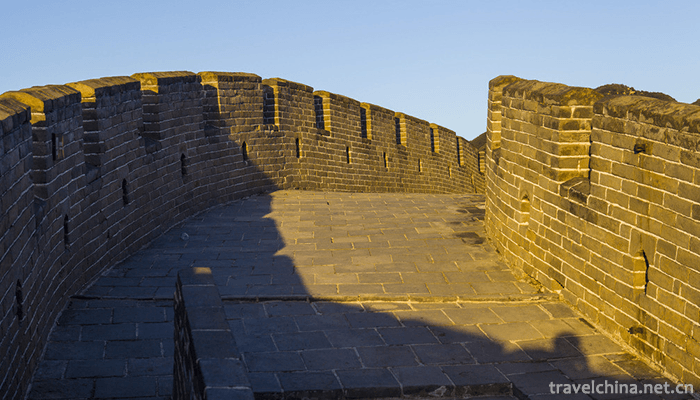
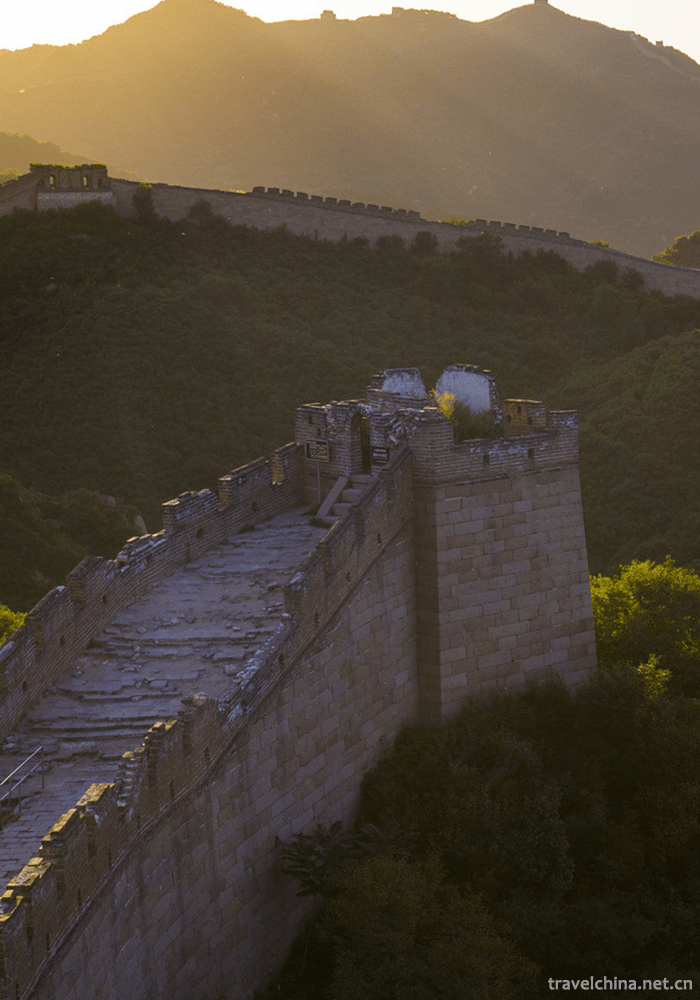
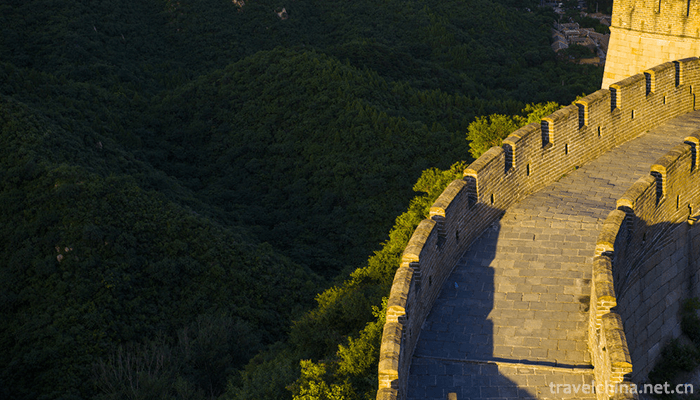
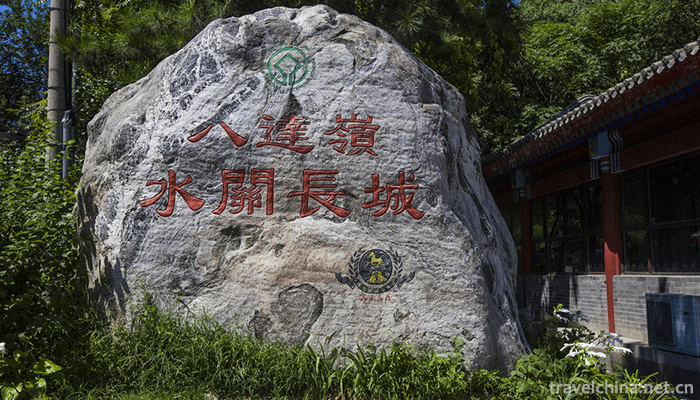
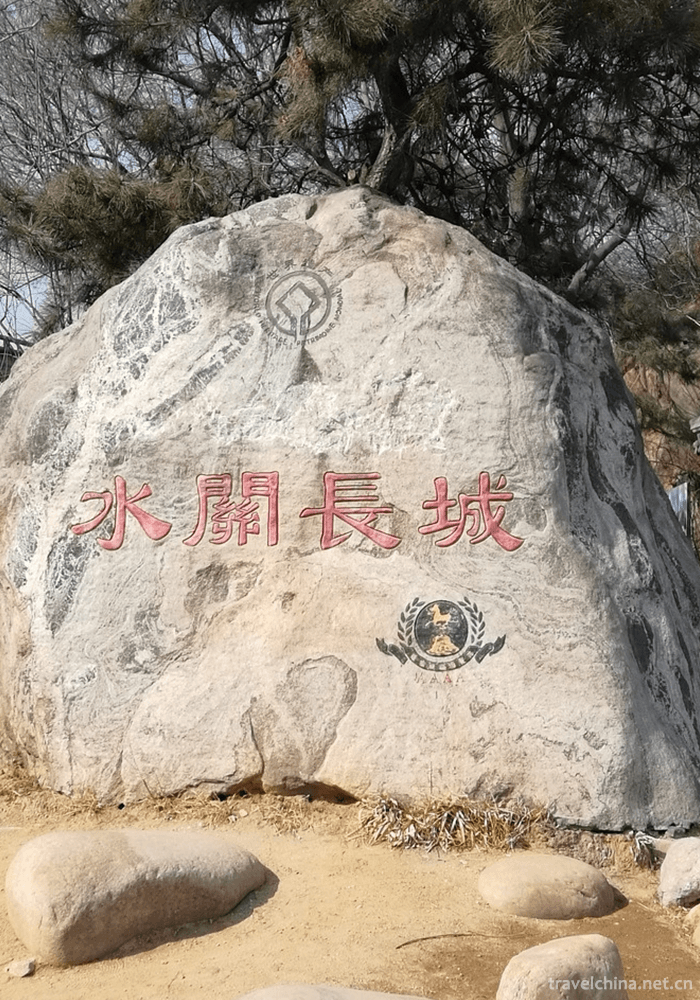
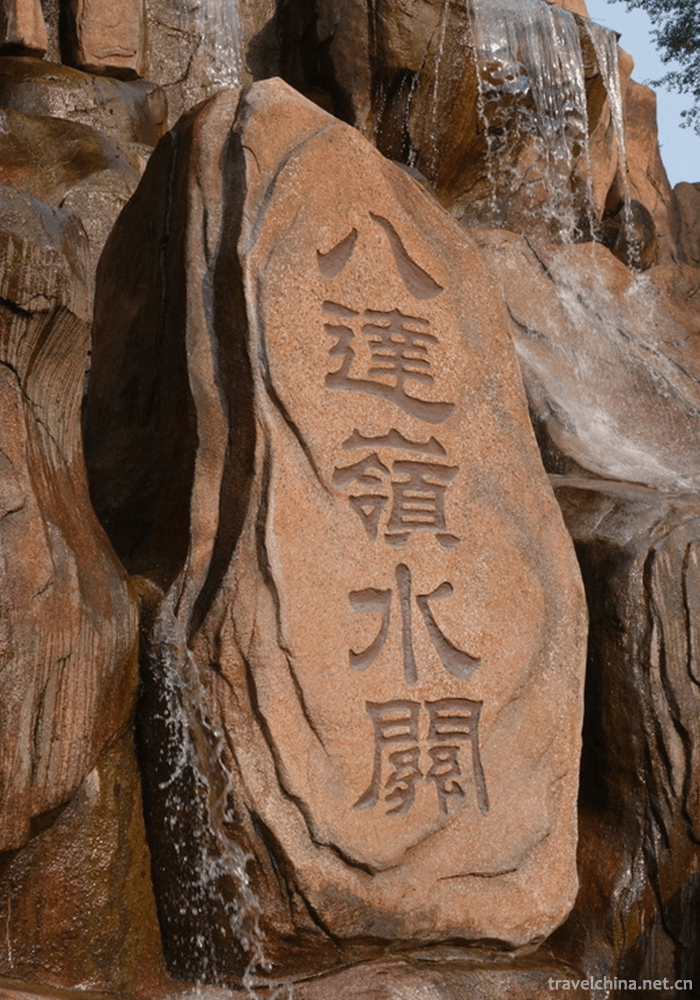
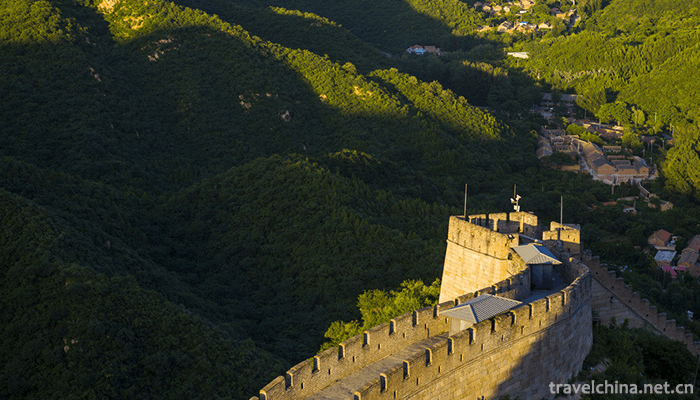
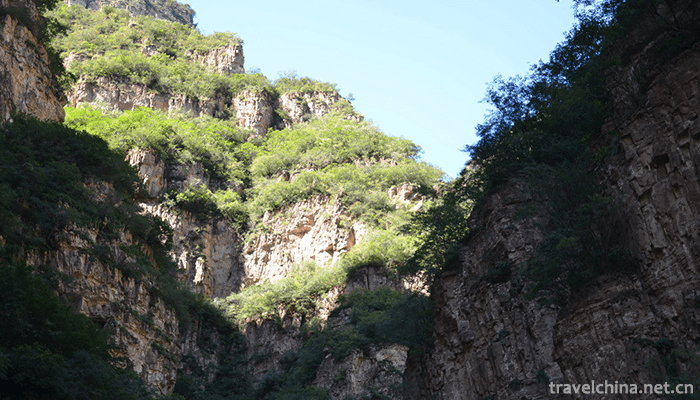

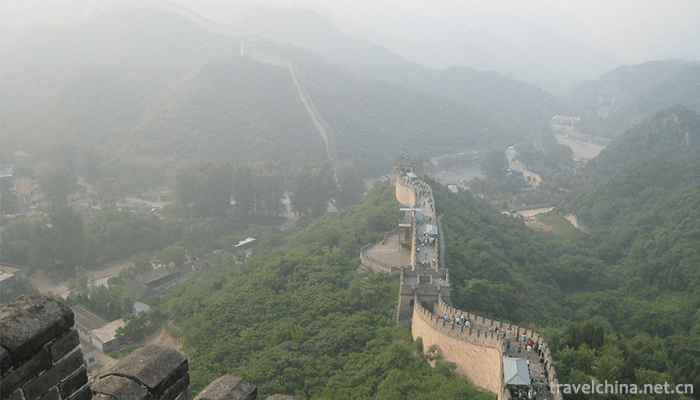
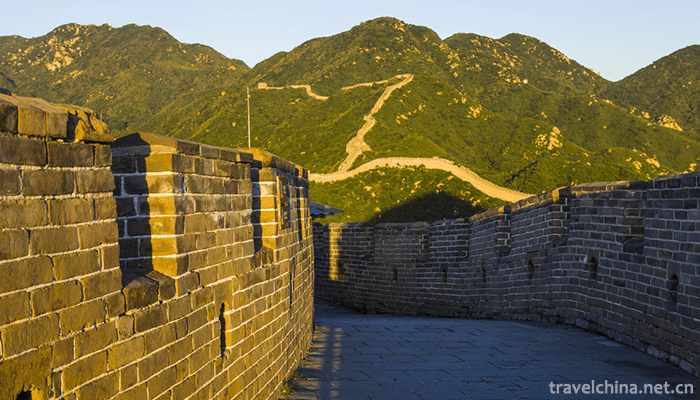
0 Questions
Ask a Question
Your email address will not be published.